
5 Typical Early Symptoms of Childhood Cancer: When to Take Your Child to the Hospital Immediately
Cancer in children is a serious but often misunderstood condition. Unlike in adults, where lifestyle and environmental factors play a significant role, childhood cancers are more likely to arise from genetic mutations and are not typically preventable. What makes it even more alarming is that the early signs can be vague and easily mistaken for common childhood illnesses. However, there are five “typical” early warning symptoms that every parent should be aware of. Recognizing these signs early can lead to timely diagnosis and treatment, significantly improving the child's chances of recovery.
1. Unexplained Weight Loss
If a child is suddenly losing weight without any clear reason—such as a change in diet or increased physical activity—it may be a red flag. Cancer cells can consume a large amount of the body's energy, and certain types, like leukemia or lymphoma, can interfere with the body’s ability to absorb nutrients. Parents should be alert if the child appears thinner than usual or loses interest in food over a prolonged period.
2. Persistent Fever or Night Sweats
While fevers are common in children, especially due to infections, a fever that lasts more than a week without an obvious cause may indicate an underlying issue. Some cancers, such as leukemia and lymphoma, can cause persistent low-grade fevers or night sweats due to abnormal immune responses. If fever is accompanied by fatigue and weight loss, it’s time to see a doctor.
3. Unusual Bruising or Bleeding
Bruises from play and minor accidents are normal for children, but unusual bruising—particularly on the back, chest, or behind the ears—should raise concern. Frequent nosebleeds, bleeding gums, or tiny red spots on the skin (petechiae) might indicate a blood disorder like leukemia. These occur because cancer can disrupt the body’s ability to produce normal blood cells, affecting clotting and immunity.
4. Lumps or Swelling
Parents might discover a lump or swelling in areas such as the neck, abdomen, armpits, or groin. While not all lumps are cancerous, those that are hard, painless, and persistent need medical attention. For example, abdominal swelling could be a symptom of neuroblastoma or Wilms tumor, two cancers that commonly affect young children. A visible or palpable mass should never be ignored.
5. Fatigue and Pale Skin
Extreme fatigue is often one of the earliest signs of leukemia. It occurs when the body doesn't produce enough healthy red blood cells, leading to anemia. This can cause a child to appear pale, weak, or uninterested in activities they used to enjoy. If your child is constantly tired despite getting enough sleep, it's important to rule out serious causes.
News in the same category

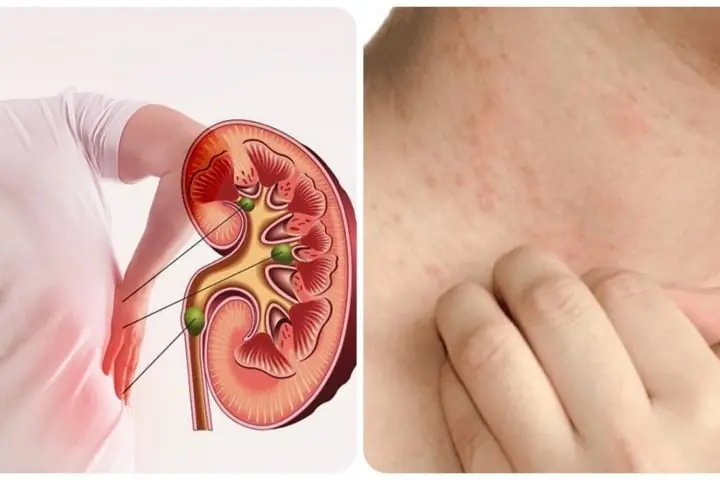
Clear Signs of Kidney Failure Everyone Should Pay Attention To
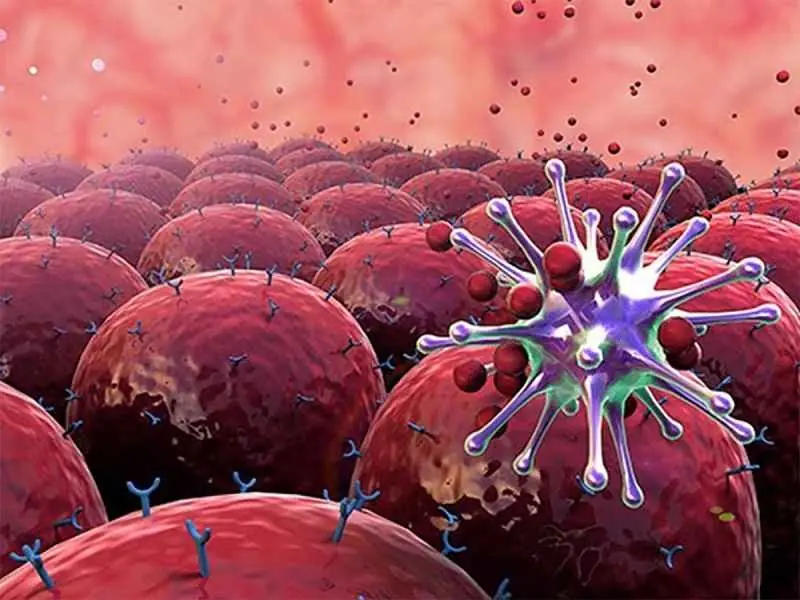
Doctor’s Warning: Early-Stage Lung Cancer Doesn’t Always Include a Cough – Watch for These 4 Unusual Signs
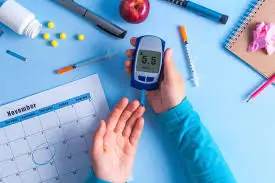
5 Early Signs of Diabetes That Many People Often Overlook

To Prevent Stroke, Remember the ‘3 Don'ts’ After Meals and the ‘4 Don'ts’ Before Bed — Stay Safe at Any Age
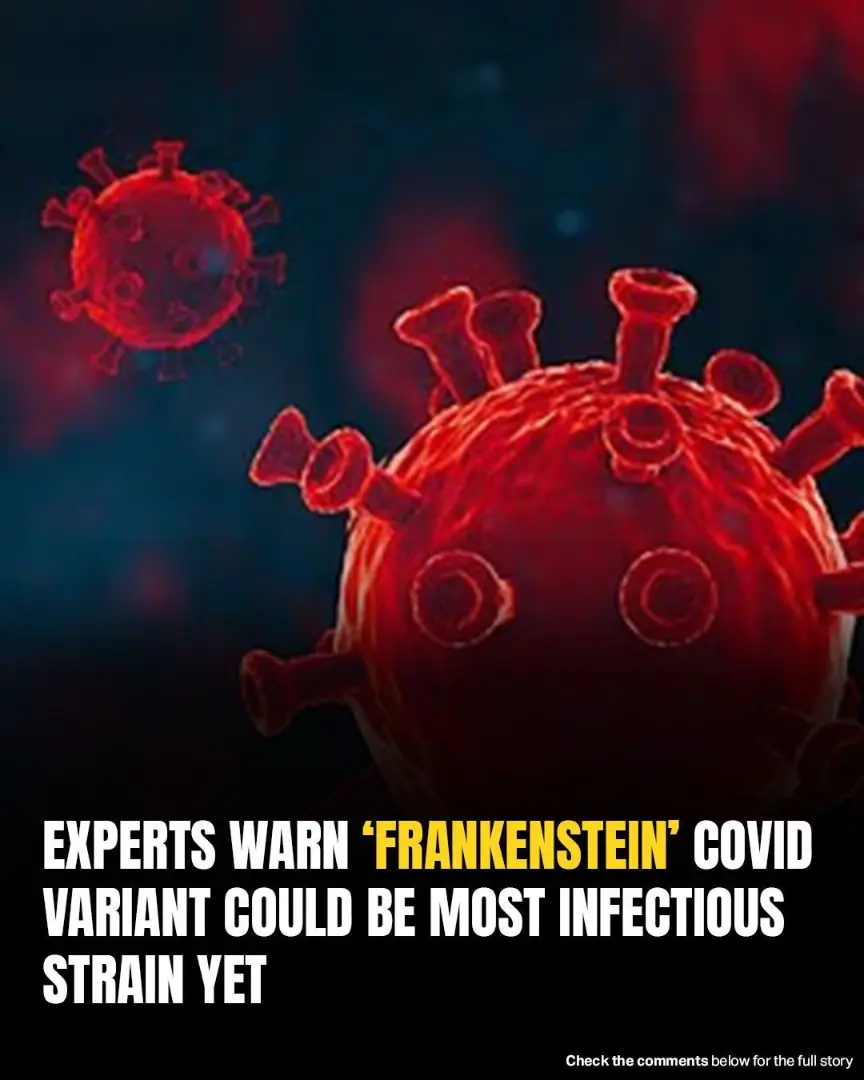
Scientists Warn: Most Infectious Covid Strain Yet Is Now Dominating

Bloated Stomach: 8 Common Reasons and How to Treat Them (Evidence-Based)

Foamy Urine: Why You Have Bubbles in Your Pee and When to Worry
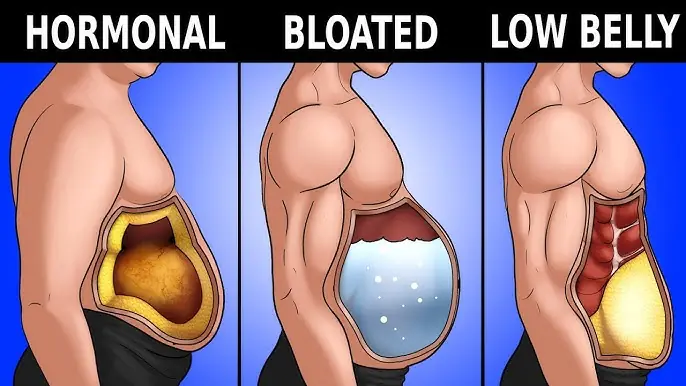
What Causes Belly Fat: Foods to Avoid and Other Key Factors

Notice These 4 Unusual Signs Before Sleep? Be Careful – They May Signal a Risk of Stroke
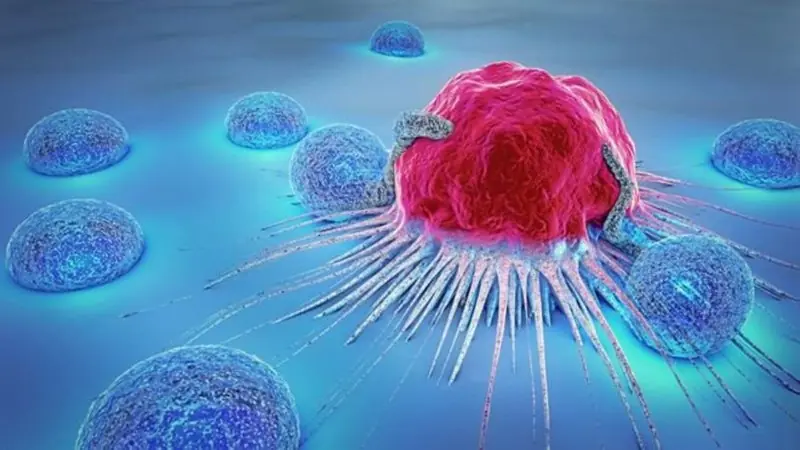
5-Year-Old Girl Diagnosed With Terminal Cancer: A Wake-Up Call for All Parents
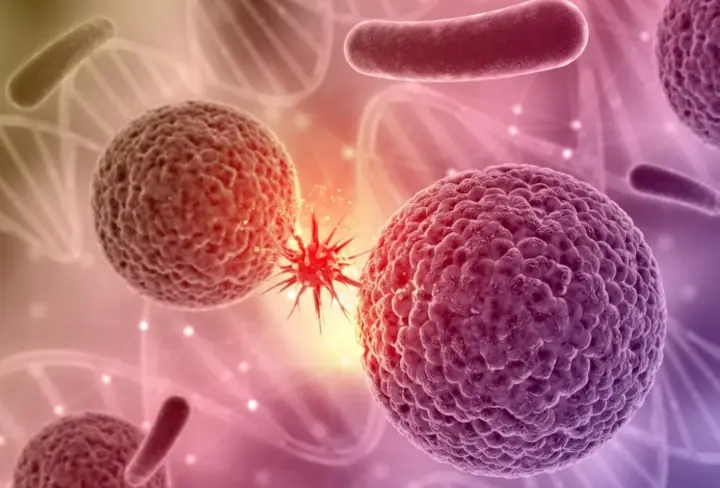
Good News: Successful Trial of Method That Destroys 99% of Cancer Cells
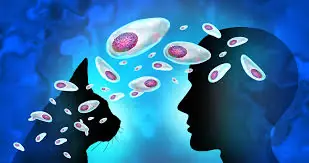
Terrifying Study: Up to 30% of Americans Could Be Infected with Brain-Impacting Parasite
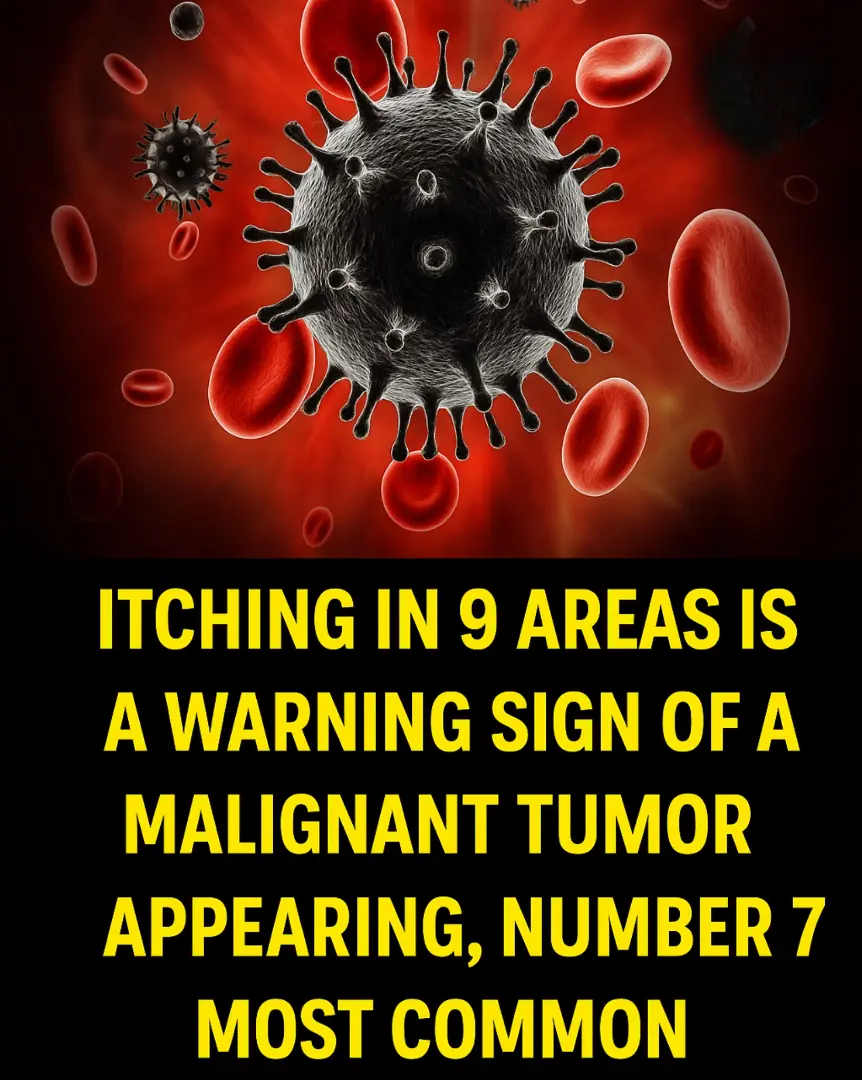
Itching in 9 Areas: A Warning Sign of Malignant Tumors, Number 7 Is the Most Common

Doctor's "Deeply Concerning" Warning After Man Injects Sperm to 'Cure Back Pain'
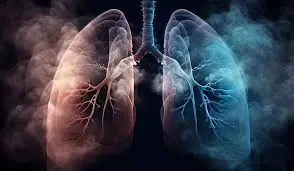
Non-Smoker Diagnosed with Lung Cancer Shares His Only 'Silent' Symptom
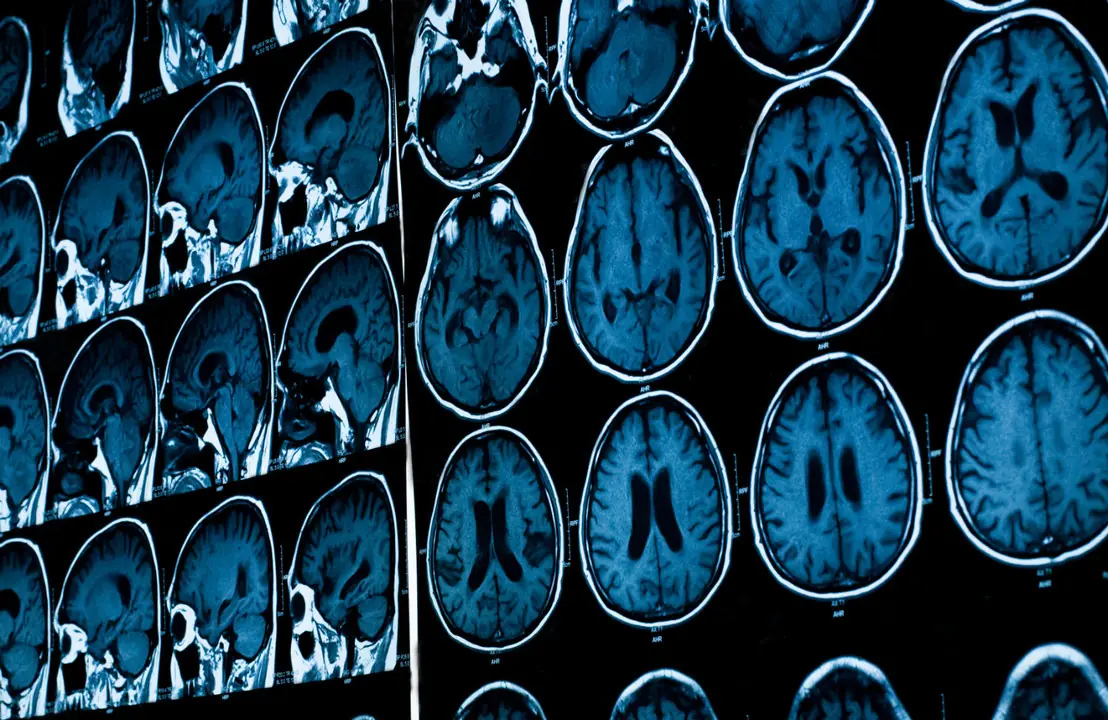
Alarming Discovery: High Aluminum Levels Found in Brains with Alzheimer's, Autism, and MS
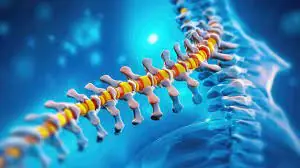
First Human Trial Launched for Stem Cell Therapy to Reverse Spinal Cord Injuries
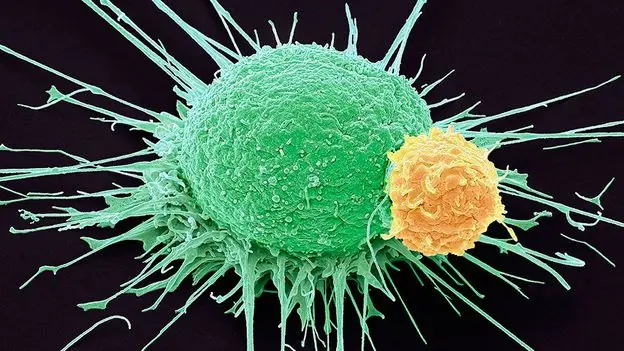
From Despair to Hope: Joe Tippens' Incredible Cancer Recovery Story with Fenbendazole
News Post

The Trans-Canadian Rail Route: An Iconic Journey Across Canada

Vocal Speech Observed in Wild Chimpanzees. Are Apes Evolving Into Humans?

Photograper Captures A Once-In-A-Lifetime Shot Of A ‘Horizontal Rainbow’ That Filled The Whole Sky

Scientists Discover Massive Underground Reservoir Holding 3x More Water Than All Our Oceans Combined
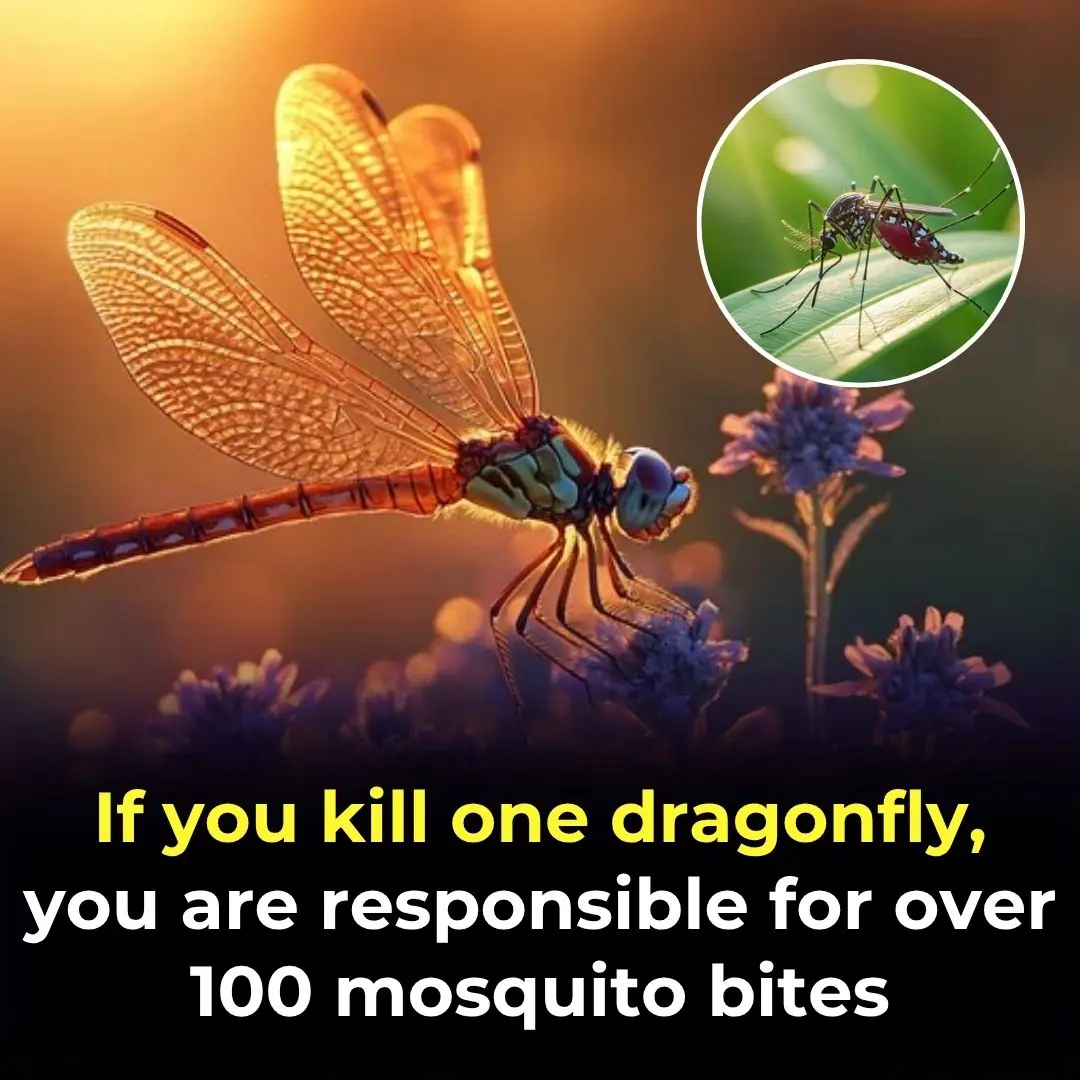
If You Kill One Dragonfly, You Are Responsible For Over 100 Mosquito Bites

Tesla Dreamed It—Now Wireless Electricity Is Closer To Reality Than Ever

Can Your Eyes Reveal Diabetes or Cancer? Don’t Miss the Signs

Discover The Miraculous Benefits of Moringa

Clear Signs of Kidney Failure Everyone Should Pay Attention To

Natural Drink to Support Knee Health for Seniors

The Peel That Could Empty Hospitals: A Natural Remedy for Cancer, Diabetes & High Blood Pressure 😱👇

Shocking Truths About Sunflower Seeds You Need to Know Before Your Next Snack

Cloves, Garlic & Honey: A Simple Jar of Nature’s Support

A Soothing Blend of Cinnamon, Garlic, and Aloe Vera: What It May Offer for Your Health

I’m 60 and Reversed Diabetes, High Blood Pressure, and Poor Circulation Naturally — Without Pills or Expensive Medications

The Daily Drink That Supports Youthful Vitality: Cucumber, Lemon, and Ginger

World’s Largest Fish Nesting Ground With 60 Million Nests Discovered Under Antarctic ice

World’s Smallest Otter Species Rediscovered In Nepal After 185 Years
